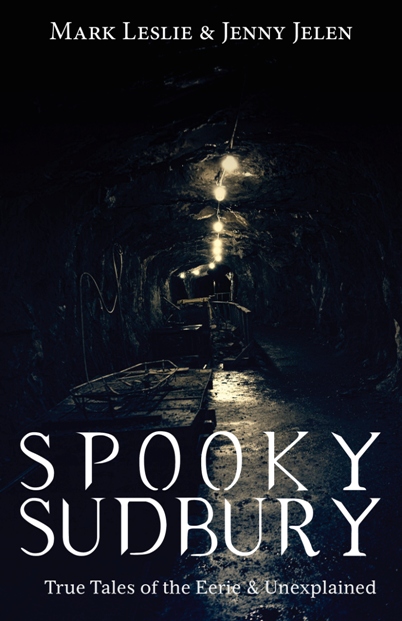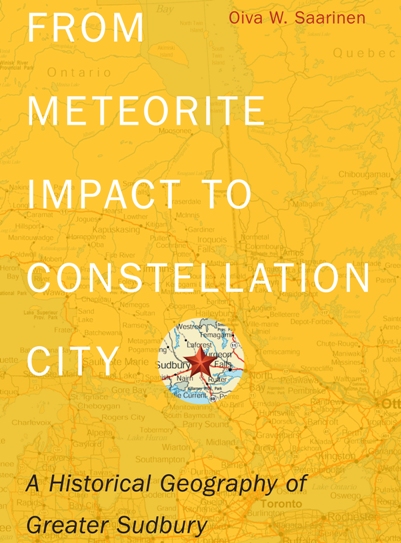The National Post is Canada’s second largest national paper.
Gold has captivated humanity for roughly 6,000 years. Whether it be Egyptian pharaohs, British royalty or those excitable folks on the goldismoney.com message forum, the collective fascination with the yellow metal is clearly here to stay. It’s a topic Canadian author Matthew Hart digs into in his new book Gold: The Race for the World’s Most Seductive Metal, which will be released Tuesday. He sat down with the Financial Post’s Peter Koven to discuss the colourful and turbulent business of gold mining.
Financial Post: When you look at the gold mining industry from thousands of years ago to modern times, what themes keeps repeating themselves?
Matthew Hart: Gold rushes, first of all. They have always been one of the great drivers of the gold world. Periodically, the world either makes a great discovery or develops an overwhelming desire for gold. The first great gold rush was the discovery of the New World. If you go back to the year 1400, Europe is running out of the gold, so they go looking for it. When the Spanish discovered the New World in their search, their cover story is that they were seeking souls for God. Christopher Columbus mentions God in his journals 26 times. Well, gold is mentioned 116 times. So what were they really looking for?
































